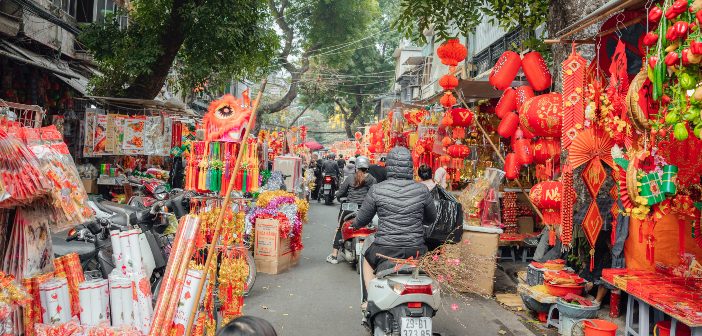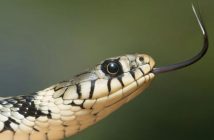Just like Christmas in the West, the Spring Festival is the most important festival for Chinese people. Before the Spring Festival, people will prepare many things, such as snacks, drinks, and chūnlián (banners with two lines of spring poetry). The general term for all these things is the Niánhuò (年货, special purchases for the Spring Festival). Unlike the old days, when collecting food before the Spring Festival was to survive for the upcoming year, nowadays preparing the special purchases is more like a ceremony to feel the new year atmosphere, and as an important social activity with the family. Here is some vocabulary about Niánhuò to get ready for the new year .
Food 食物 Shíwù
Food is one of the things that Chinese people take the most pride in, which is seen through the significance placed on the New Year’s Eve dinner (年夜饭-nián yèfàn). While there are differences between the north and the south, here are some common food you are sure to see on the table both in north and south.
READ MORE: North vs South: What to Eat During Chinese Nián Yèfàn
Meat 肉 Ròu
– Fish 鱼肉 Yúròu
– Pork 猪肉 Zhūròu
– Duck 鸭肉 Yāròu
– Chicken 鸡肉 Jīròu
Snacks 零食/小吃 Língshí/Xiǎochī
– Sunflower seeds 瓜子 Guāzǐ
– Almond 杏仁 Xìngrēn
– Walnut 核桃 Hétáo
– Pistachio 开心果 Kāixīnguǒ
– Chestnut 板栗 Bánlì
– Cashew nuts 腰果 Yāoguǒ
– Peanut 花生 Huāshēng
– Candy 糖果 Tángguǒ
– Fruits 水果 Shuǐguǒ
– Dessert 甜品 Tiánpǐn
Drinks 饮品 Yǐnpǐn
– Tea 茶 Chá
– Chinese spirits 白酒 Báijiǔ
– Red wine 红酒 Hóng pútáojiǔ
– White wine 白葡萄酒 Bái pútáojiǔ
– Beer 啤酒 Píjiǔ
– Juice 果汁 Guǒzhī
– Coca-Cola 可乐 Kělè
READ MORE: Easy Dining: A Cheat Sheet for Ordering in Mandarin
Decorations with Auspicious Symbols 吉祥的装饰品 Jíxiáng de zhuāngshìpǐn
– Happiness or blessing 福 Fú
– Couplets 春联 Chūnlián
– Gods of the Gate 门神 Ménshén
– New Year paintings 年画 Niánhuà
– Paper cuttings 剪纸 Jiǎnzhǐ
– Anything red 红 Hóng
– Double Happiness 双喜 aka 囍 Shuāng xǐ
READ MORE: Mandarin Monday: The Many Auspicious Symbols of Spring Festival
Photos: Pexels




